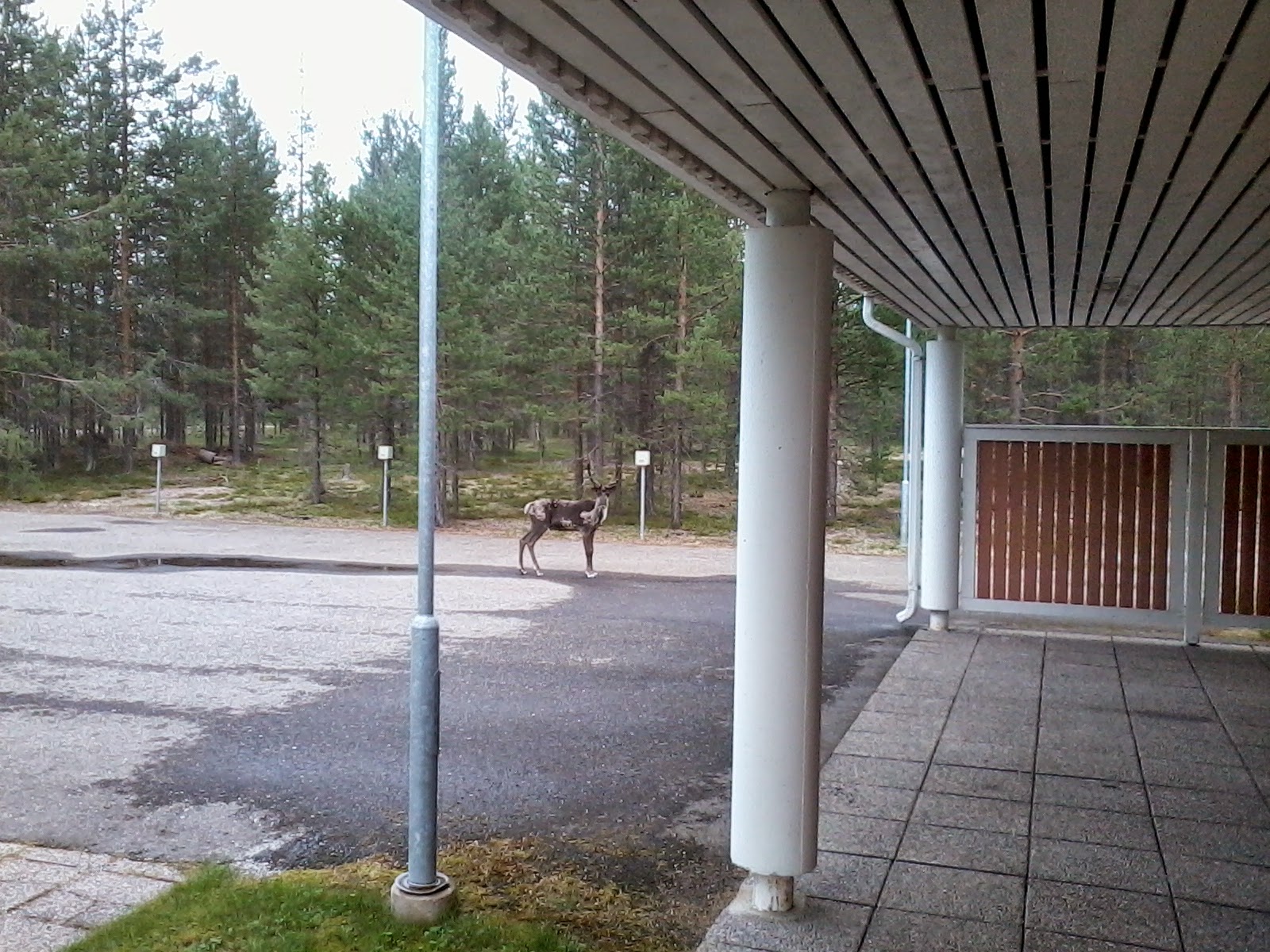TITLE: KAIRA: the Kilpisjärvi Atmospheric Imaging Receiver Array -- system overview and first results
ABSTRACT: The Kilpisjärvi Atmospheric Imaging Receiver Array (KAIRA) is a dual array of omnidirectional VHF radio antennas located near Kilpisjärvi, Finland. It is operated by the Sodankylä Geophysical Observatory. It makes extensive use of the proven LOFAR antenna and digital signal-processing hardware, and can act as a stand-alone passive receiver, as a receiver for the European Incoherent Scatter (EISCAT) very high frequency (VHF) incoherent scatter radar in Tromsø, or for use in conjunction with other Fenno-Scandinavian VHF experiments. In addition to being a powerful observing instrument in its own right, KAIRA will act as a pathfinder for technologies to be used in the planned EISCAT_3D phased-array incoherent scatter radar system and participate in very long baseline interferometry experiments. This paper gives an overview of KAIRA, its principal hardware and software components, and its main science objectives. We demonstrate the applicability of the radio astronomy technology to our geoscience application. Furthermore, we present a selection of results from the commissioning phase of this new radio observatory.
With the publication of this paper, we regard the build and commissioning phase of the KAIRA facility as being complete. As a result, the time has come to close the KAIRA web log, which was written for the purposes of reporting on the build of the instrument. The first post was written on Wednesday 30-Jun-2010 and, today Friday 12-Sep-12104, we have the last.
To all our readers over the years, thank you so much for your support, comments and attention. It has been great fun writing for you and, as our web counters indicate, it has been very popular. We have covered so many topics, ranging from the technical, to the tragic, to the humerous, and the downright bizarre. And, it has been a tough project, with real blood, sweat and tears. Yet, it has all been worth it.
Even though this web log will now halt, it will remain in place for future reference. For those who still want to read about KAIRA, Sodankylä Geophysical Observatory, and Arctic Finland, the story continues on the SGO web log.
However, we will now close here with thanks. In Finnish, of course...
Kiitos!



















































